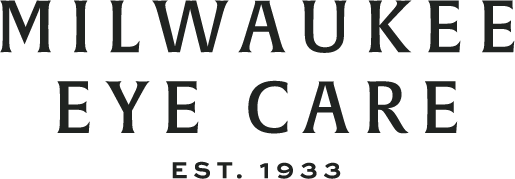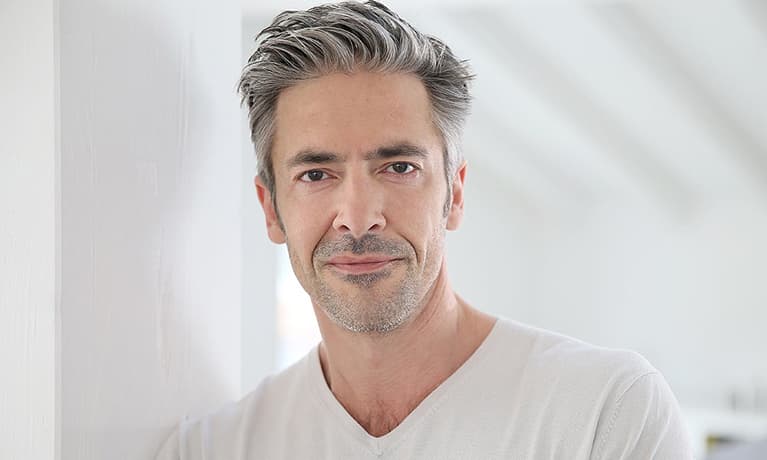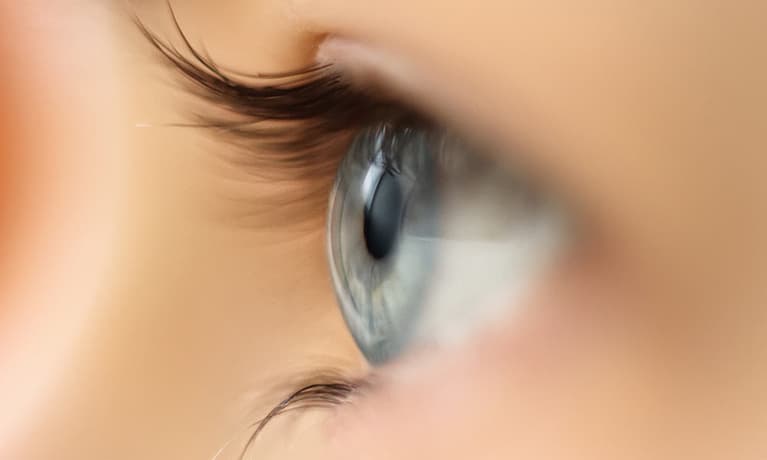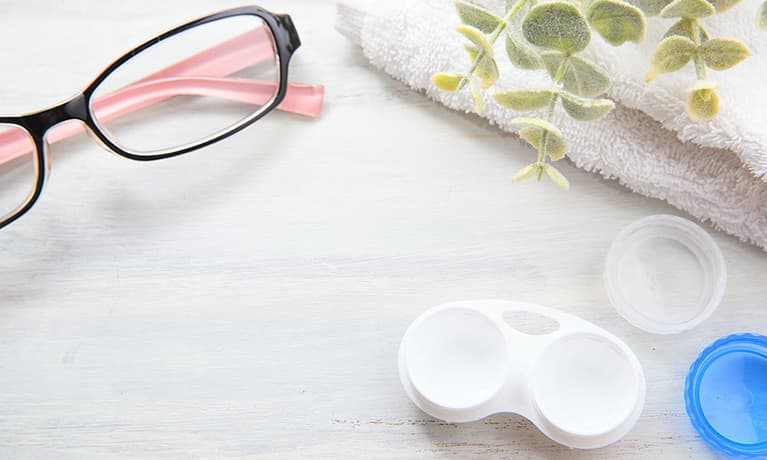No Stitch/Self Sealing Cataract Surgery
At Milwaukee Eye Care, we offer no-stitch, self healing cataract surgery – a revolutionary technology that allows you to have cataracts removed without the need for stitches. Using ultrasound technology known as phacoemulsification, your doctor will gently break up the cloudy lens into tiny pieces, which are removed from the eye through a small 1/8 inch opening.
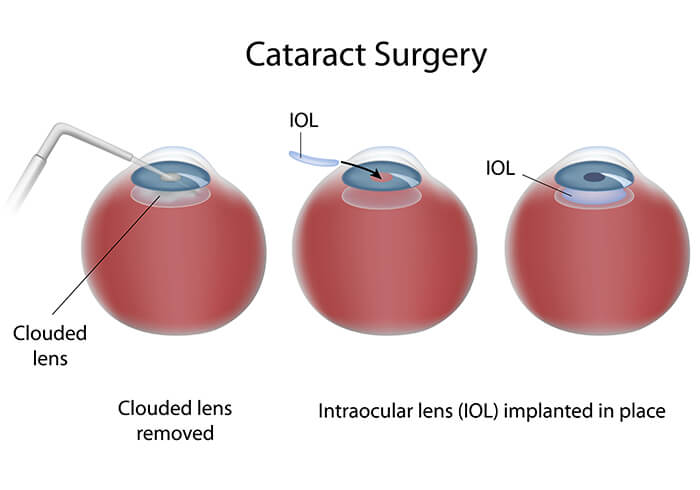
Once the cataract is gone, an intraocular lens (IOL) will be placed into your eye through the same opening, restoring your vision and allowing you to see clearly. Self healing cataract surgery provides you with a quick and comfortable recovery – you can go home just a few hours after the procedure.
Recovering from Cataract Surgery
At Milwaukee Eye Care, we understand the impact that cataracts can have on your quality of life and the importance of restoring your vision as quickly as possible. With modern advances in cataract surgery, you can enjoy improved vision with minimal recovery time.
Recovery from cataract surgery is usually fast, and you may even notice improved vision just days after surgery. For some, vision may remain cloudy or hazy for a few days after surgery before clearing up. Once healed, you may find that your vision is better than ever, although you may still need glasses for reading and other activities. Many of our patients report being able to return to their normal lifestyle right away. In some cases, other eye diseases such as macular degeneration may limit the quality of your vision after surgery.
No matter your individual needs, our eye surgeons are here to help. We’ll work with you to determine the best course of treatment and help you regain the clear vision you deserve.
Topical & IV Anesthesia
Years ago, cataract surgery was performed under general anesthesia requiring patients to stay in the hospital.
Today, with recent advances in cataract surgery anesthesia, topical (eye drop) and IV sedation anesthetics are used. You may be given a sedative to relax and comfortable during the procedure.
Milwaukee Eye Care specializes in state–of–the–art cataract surgery and uses the latest advances in anesthesia to ensure a safe and comfortable procedure. Our experienced cataract surgeons and staff are committed to to helping you achieve your visual goals. With the latest technology and options, we can provide a stress–free cataract surgery experience right here in Milwaukee.
Envision Surgery Center
At Milwaukee Eye Care, we are proud to offer our patients the convenience of an ambulatory surgical center specifically designed for eye surgeries. Envision is conveniently located in West Allis, right off the expressway on 102nd Street & Lincoln Avenue. Our experienced surgeons work closely with anesthesiologists to provide you with care in a modern, comfortable outpatient setting. The staff at Envision Surgery Center are highly specialized and experienced, and look forward to providing you with the highest level of patient care and comfort. With our advanced technology and modern facilities, we guarantee a safe and comfortable environment for cataract surgery.
Cataract Surgeons
To schedule an appointment for a cataract evaluation at our Bayside, Brookfield, Franklin, or Milwaukee East Side locations, please call Milwaukee Eye Care at 414-271-2020.
